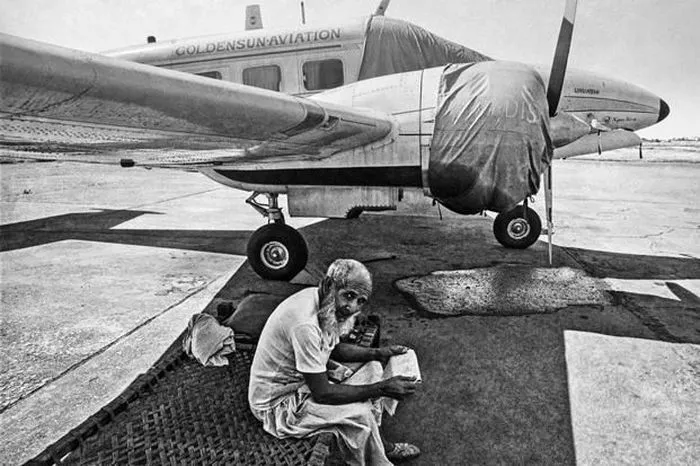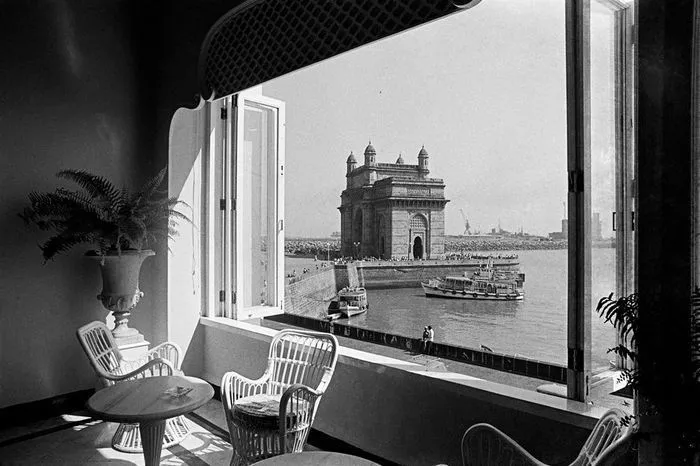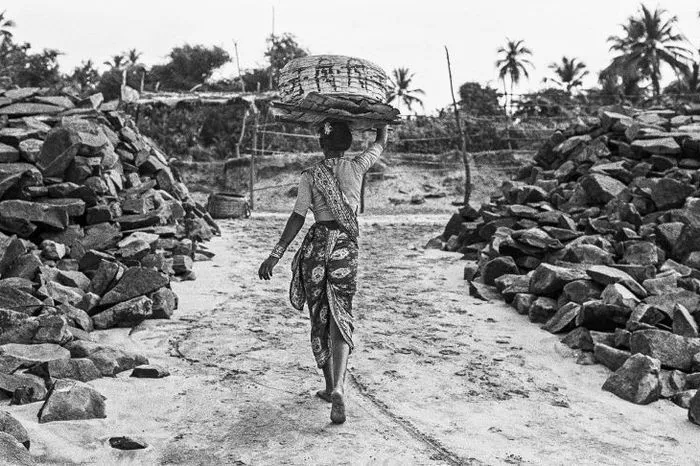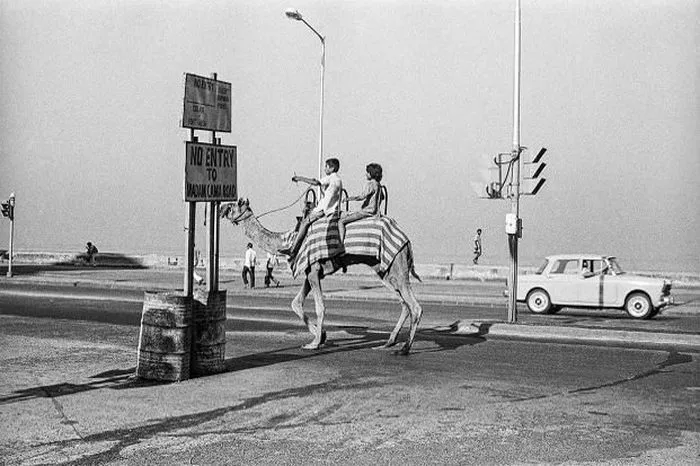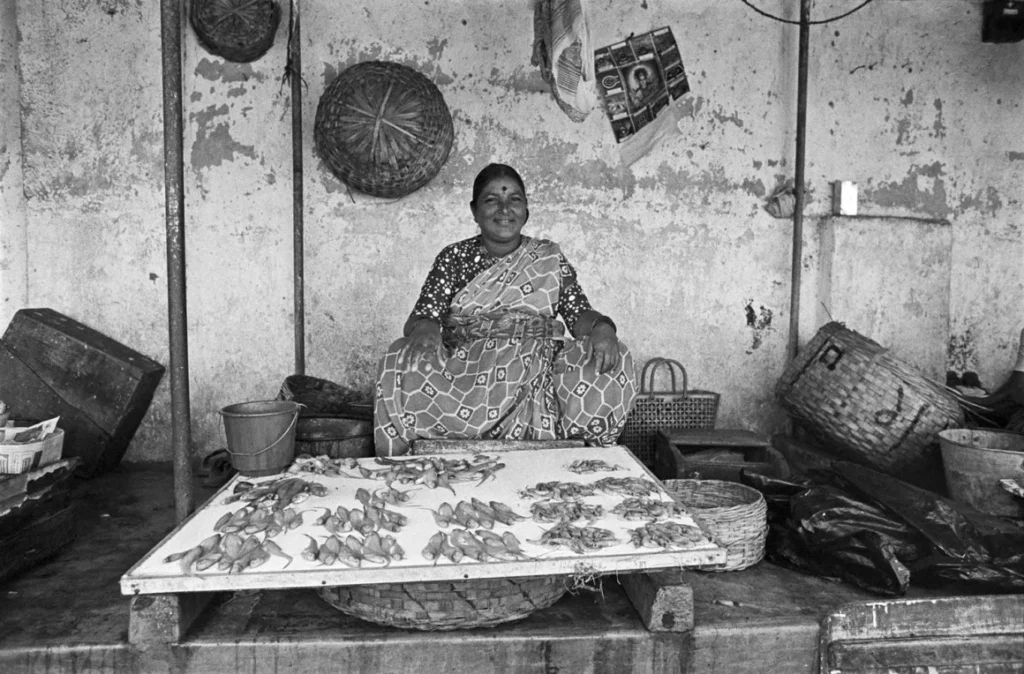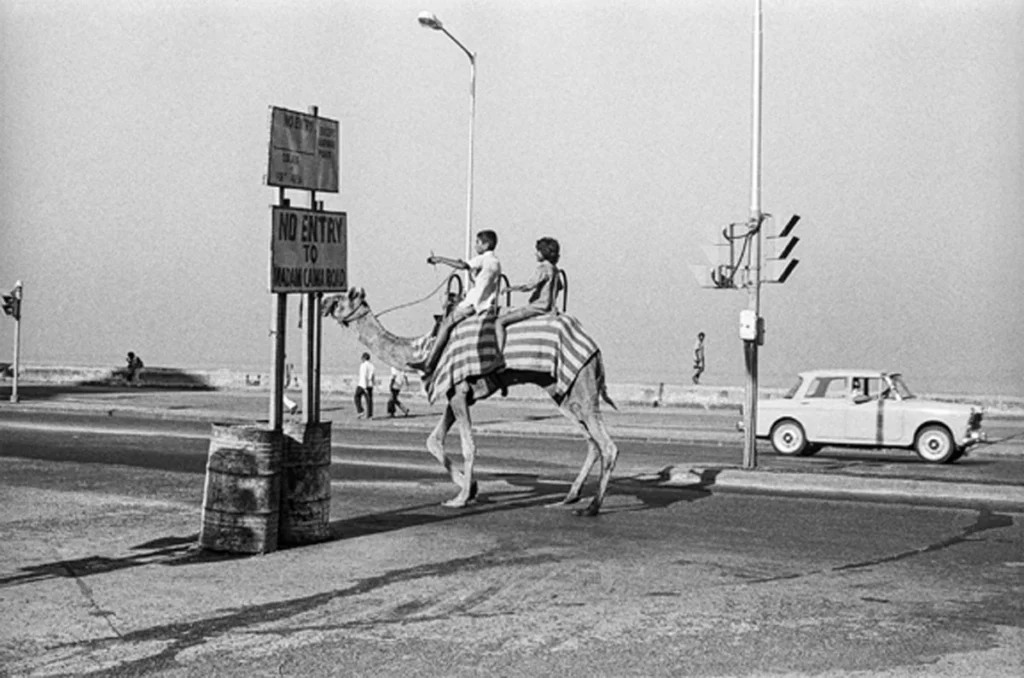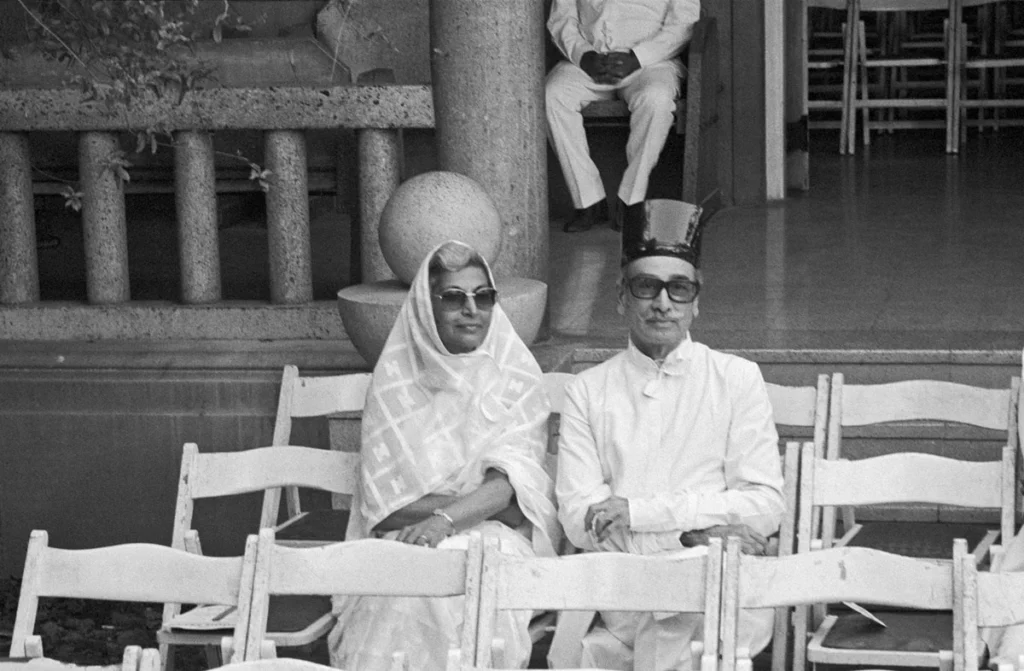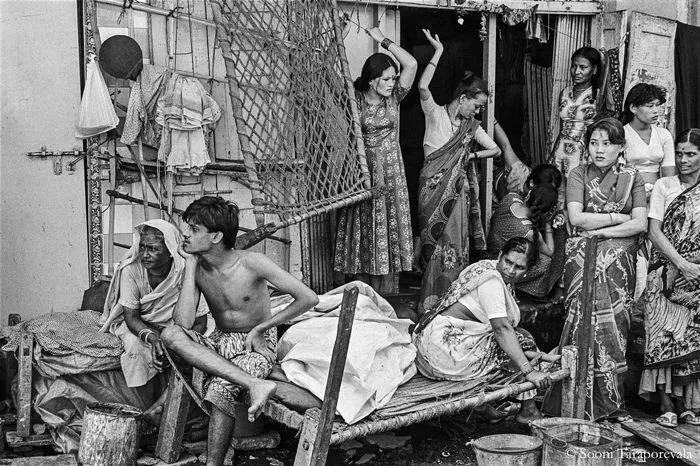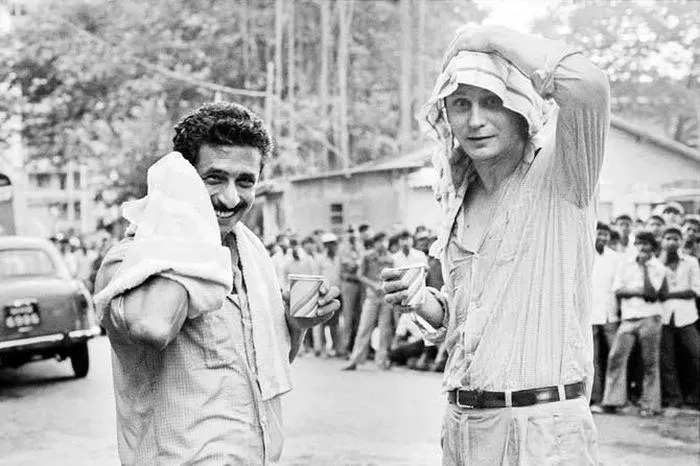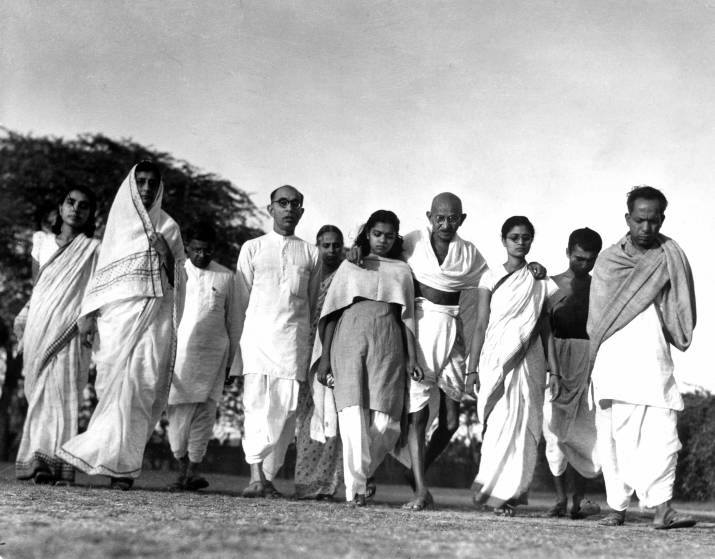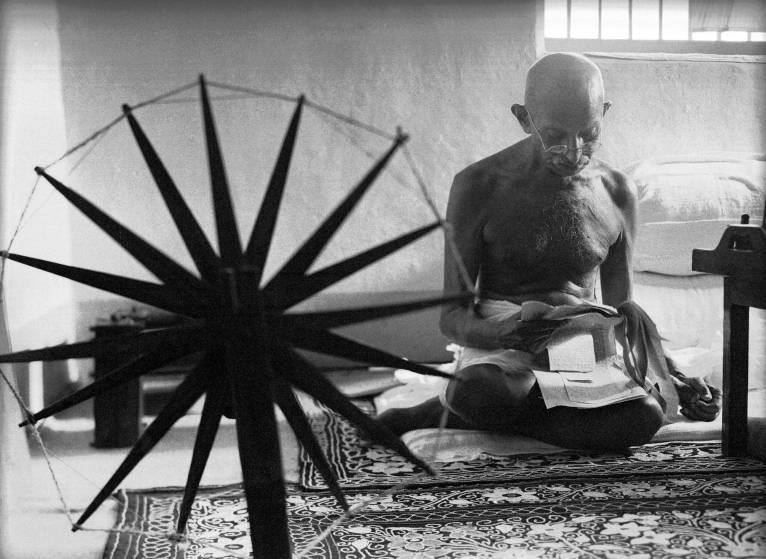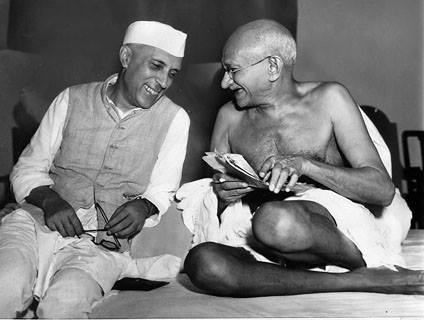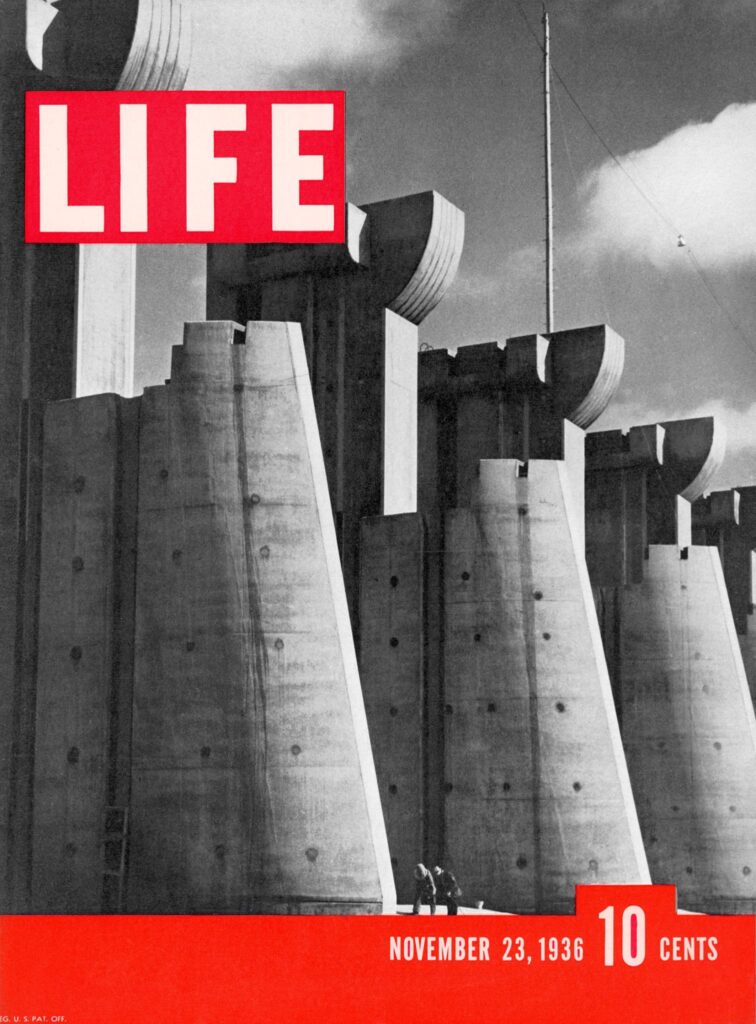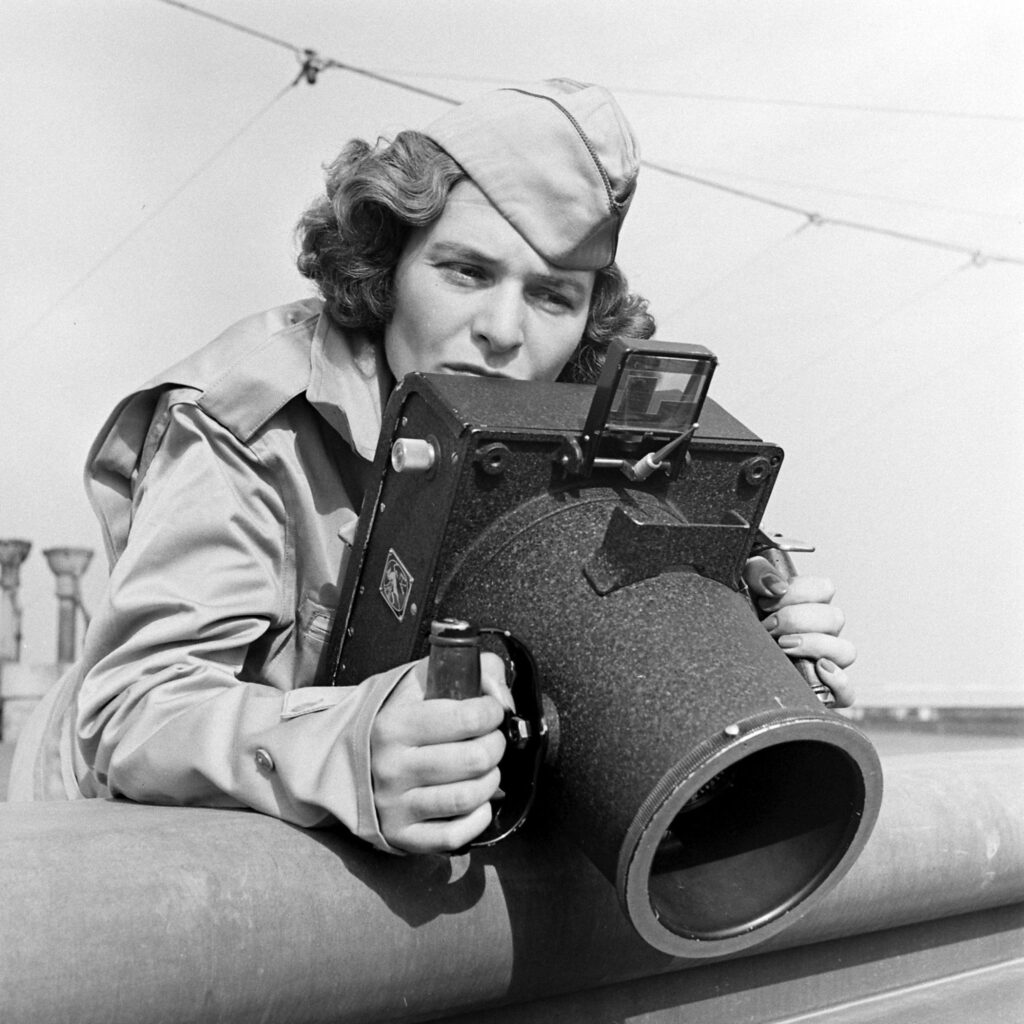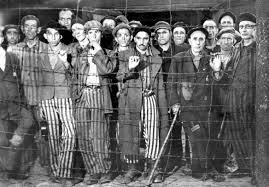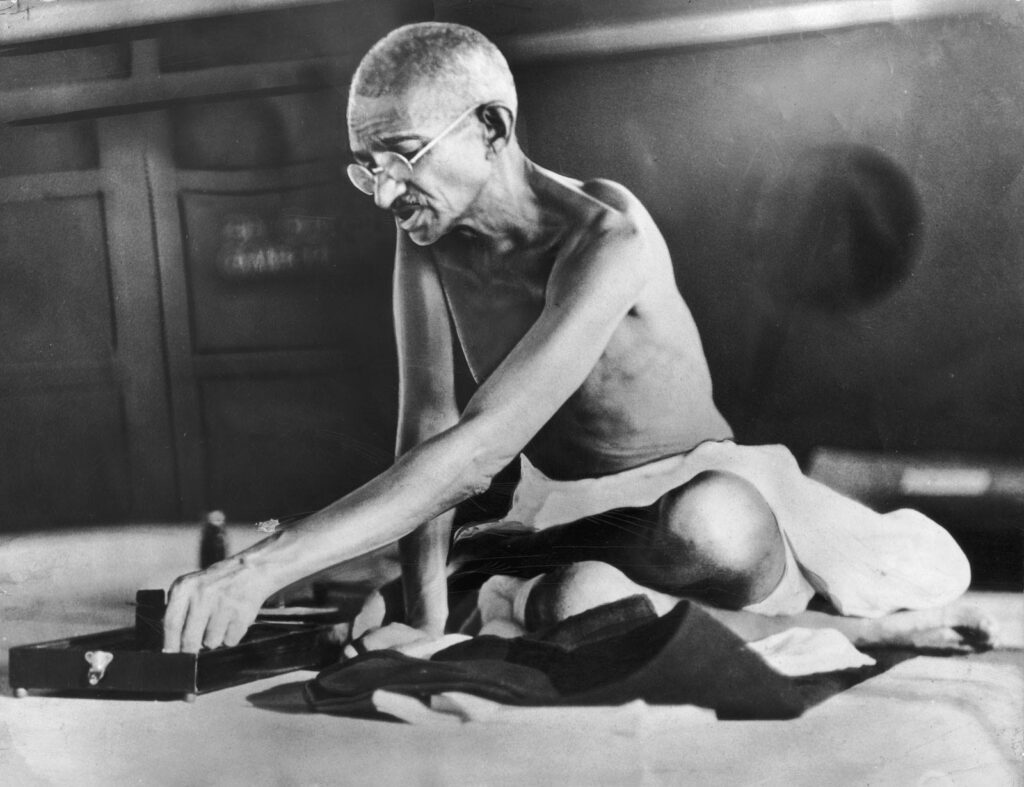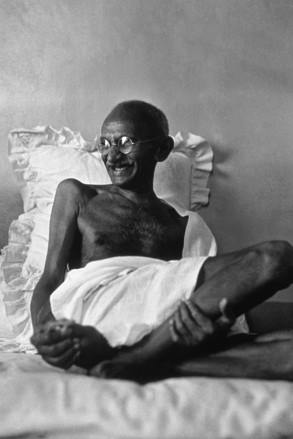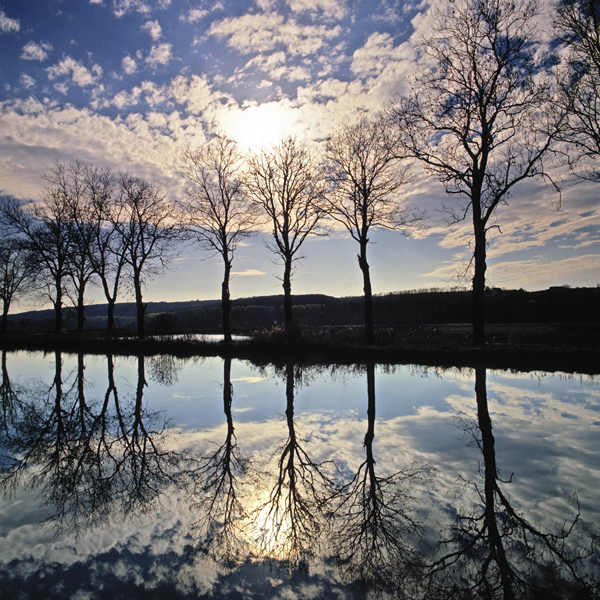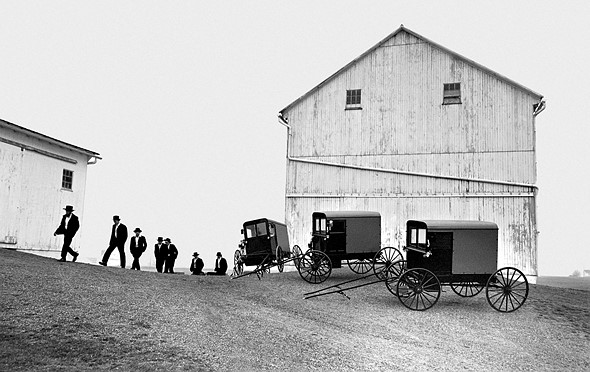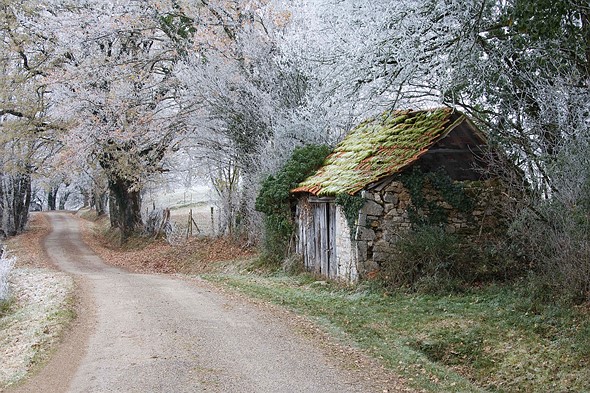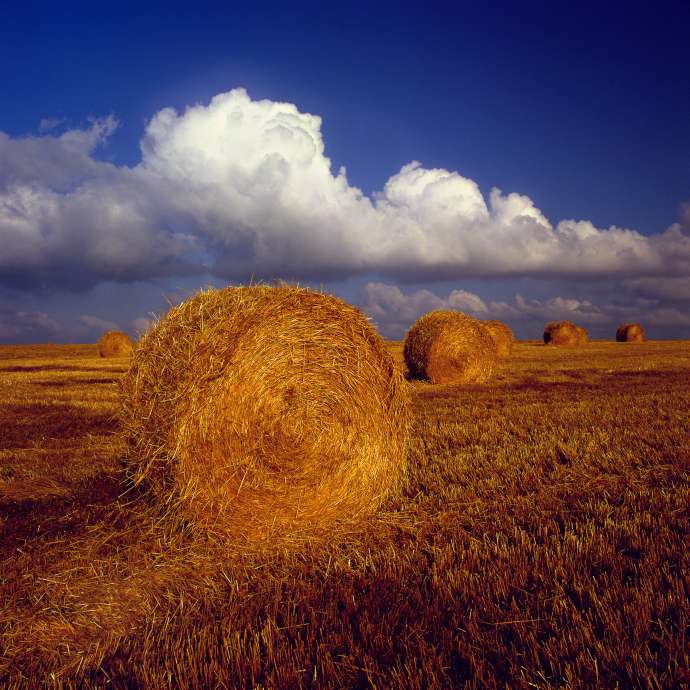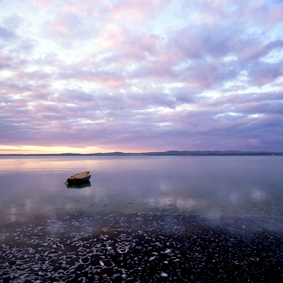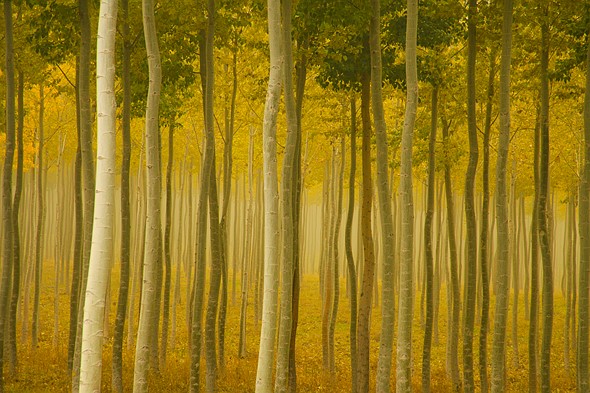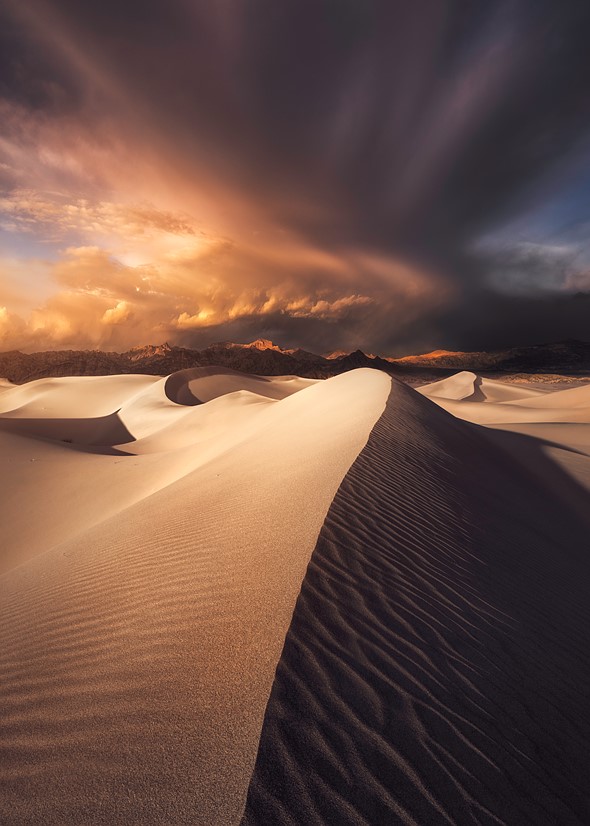Sooni Taraporevala (born 1957) is an Indian screenwriter, photographer and filmmaker who is best known as the screenwriter of Mississippi Masala, The Namesake and Oscar-nominated Salaam Bombay (1988), all directed by Mira Nair.[1] The city of Mumbai has been an infinite source of inspiration throughout her career. Accident or not, in this series she’s managed to encapsulate the small details about Mumbai that make it “such an interesting place to live. Where camels coexist with supercars and ancient history rubs shoulders with skyscrapers. It’s a city of contradictions that through daily chaos, finds harmony.” [2]
In her new series ‘Home In The City: Bombay 1977-Mumbai 2017’ she documents the ever-changing facade of her hometown in a collection of timeless monochrome images that embody the hidden secrets of the city. “It’s the most diverse city in India in terms of communities. I don’t think I could live anywhere else.” [2] In the words of Salman Rushdie, who has written one of the introductory essays in the book (the other is by Pico Iyer): “I first began to write about this city at approximately the same time that the earliest photographs here were taken. The children of Bombay-into-Mumbai, ragged, cigarette-smoking, hustling on the street, stare out of these photographs, with too much knowledge in their eyes. Sooni Taraporevala has been showing us these children ever since Salaam Bombay.” [3]
Hear the word ‘Bombay’, and anyone who’s lived in or known the metropolis can conjure up a thousand images that are reminiscent of the island city. And so it is with photographer, screenwriter and film-maker Sooni Taraporevala. A photographer since the early ’70s who’s been greatly influenced by the frames of Raghubir Singh, Taraporevala has made the city her muse since she picked up a camera. [4]
She directed her first feature film, based on a screenplay of her own, an ensemble piece set in Bombay, in Spring, 2007, entitled Little Zizou. This film explores issues facing the Parsi community to which she belongs.
She was awarded the Padma Shri by Government of India in 2014. She is a member of the Academy of Motion Picture Arts & Sciences. Her photographs are in the permanent collections of the National Gallery of Modern Art, Delhi & the Metropolitan Museum of Art, NY.
References:
[1] https://en.wikipedia.org/wiki/Sooni_Taraporevala
[3] https://thewire.in/185036/bombay-mumbai-seen-sooni-taraporewalas-sharp-eye/
